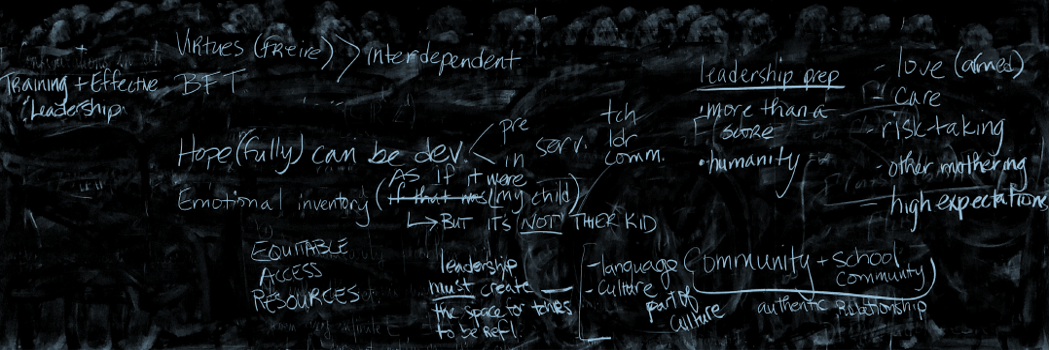As soon as I glanced at the title of the article a small voice came to mind that said “Whose schools? Our schools!” a chant that has been present at the countless rallies/protests/demonstrations. A chant that has also changed over time for me. I am no longer that high school student fighting on the front lines. I have transition from being “directly impacted” to “ally”.
Douglass-Horsford (2021) offerings “What is good for the oppressor is typically not good for the oppressed”, a concept I agree with. Douglass-Horsford (2021) goes on to unpack ideas about power and dominant racial groups that are in control of white power structures. I have mentioned in class before that folks (everyone) can stand in white supremacy/ uphold white supremacy. I think about our current NYC Panel for Education Policy (PEP) and how it has shifted over the last 15 years to include more folks of color. Yet, still upholding the same norms.
I too wonder if it is possible to develop a shared vision of education in the United States.


